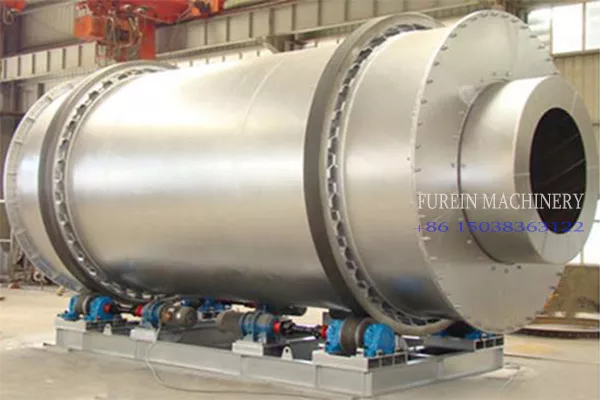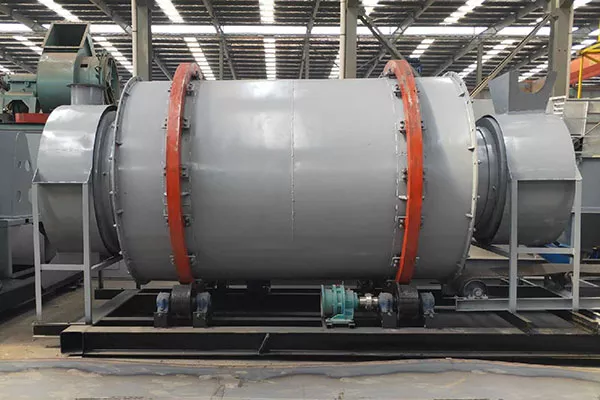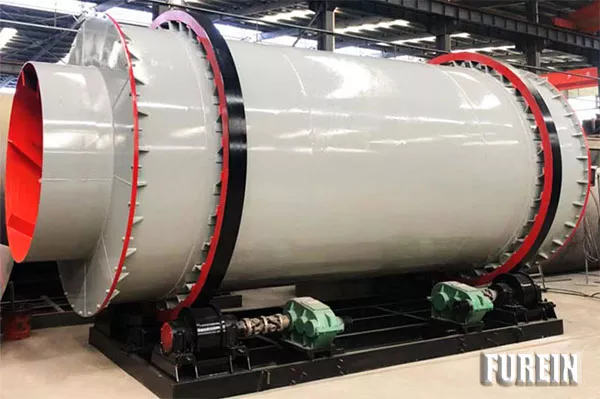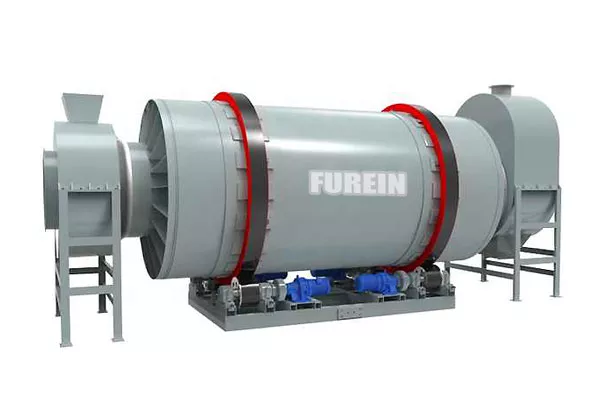What is a hot-blast stove?
The hot-blast stove, also known as a hot-blast heater or hot-blast furnace, is an integral part of the dryer. Its primary function is to provide a heat source for heating the air, and then the hot air is blown into the drying room through the fan to speed up the drying speed of wet material. Its primary purpose is to provide a continuous hot air or gas supply at high temperatures to facilitate heating and drying processes.
The hot-blast stove typically consists of a combustion chamber, where fuel (such as coal, gas, or oil) is burned, and heat exchanger tubes or bricks through which the exhaust gases pass. This arrangement allows the heat from the combustion process to be transferred to the air or gas blown into the furnace or other equipment.
3 kinds of solutions for hot-blast stove
The hot-blast stove is the critical component responsible for providing hot air in the dryer, and its performance directly affects the drying effect and energy consumption of the dryer. When selecting a hot-blast stove, several factors must be considered, such as thermal efficiency, energy consumption, reliability, and maintenance costs. To comprehensively compare hot-blast stove selection options, three common types of hot-blast stoves will be introduced and compared below.
Conventional coal hot-blast stove
Conventional coal-fired hot-blast stove is one of the most common types of hot-blast stove, which uses coal as the primary fuel. This hot-blast stove has a good combustion effect and high thermal efficiency but also has some problems. Firstly, using coal as energy produces a lot of exhaust gas and pollutants, which cause severe environmental pollution; secondly, the maintenance cost of coal-fired hot-blast stoves is high, the operation is complicated, and it needs frequent cleaning and maintenance.
Natural gas hot-blast stove
A natural gas hot-blast stove is an environmentally friendly burning furnace that uses natural gas as fuel and is characterized by cleanliness and high efficiency. Compared with coal combustion, natural gas combustion produces less exhaust and pollutants, less impacting the environment. In addition, natural gas hot-blast stoves have the advantage of fast startup and regulation, allowing for quick adjustment of hot air temperature and hot air flow. However, the availability of natural gas resources and price fluctuations need to be considered.
Electrically heated hot-blast stove
An electrically heated hot-blast stove is a non-polluting burning furnace that uses electrical energy to convert electrical power into thermal energy to supply hot air. This type of hot-blast stove has no combustion products, no exhaust emissions, and is environmentally friendly. Compared with the traditional hot-blast stove, the electrically heated hot-blast stove has the advantages of fast startup, a wide range of adjustments, and a small footprint. However, the energy utilization efficiency of the electrically heated hot-blast stove is lower, the consumption of electric energy is more significant, and the demand for electric power resources is higher.
To summarize, traditional coal-fired hot air furnace is relatively poor in terms of energy efficiency and environmental impact, but the maintenance cost is low; natural gas-burning air furnace has the characteristics of environmental protection and high efficiency but needs to consider the availability and price of natural gas resources; electric heating hot air furnace is non-polluting, but the energy utilization efficiency is low. Therefore, when choosing a hot-blast stove, it is necessary to consider various factors according to the actual situation and select the most suitable type.



